Raveningham Hall and Gardens – A Great Norfolk Garden
- By Richard Walters
- 22 Jul 2018
- Show Gardens
As a garden designer I am always interested in visiting beautiful gardens to increase my planting knowledge and to seek out new styles and approaches. This year I have been doing so with a group of like minded fellow garden designers and, for the first time, have decided to write these up in a series of online blogs.
Raveningham Hall and Gardens
Raveningham Hall and Gardens, an RHS Partner Garden, lies roughly equidistant between Norwich, Great Yarmouth and Lowestoft, near Loddon. Raveningham Hall (built c. 1750 for Sir Edmund Bacon) is set in approximately 10 acres of gardens and lies within a farming estate of 5,500 acres. The show gardens seen today are largely the result of efforts put in by Lady Priscilla Bacon, a keen gardener and plant collector, in the 1960’s. Today Raveningham Hall is the home to Sir Nicholas and Lady Bacon (14th and 15th Baronet, so I am told).
Last week it was a largely depleted group from the Easton Horticultural Club, comprising Kate, Josie and I, who had the pleasure of visiting Raveningham Hall and Gardens on a warm and sunny summers day (are there any other types?) in mid-July. We were pleasantly surprised to find free entry to RHS members, although the entry fee (£5) for non-members was very reasonable, with laminated maps free to borrow.
The Time Garden and Walled Garden
Entering via the Time Garden and then onto the Victorian Walled Kitchen garden, it was fun to climb the raised mound and to gain an elevated view of the gardens from this vantage point.
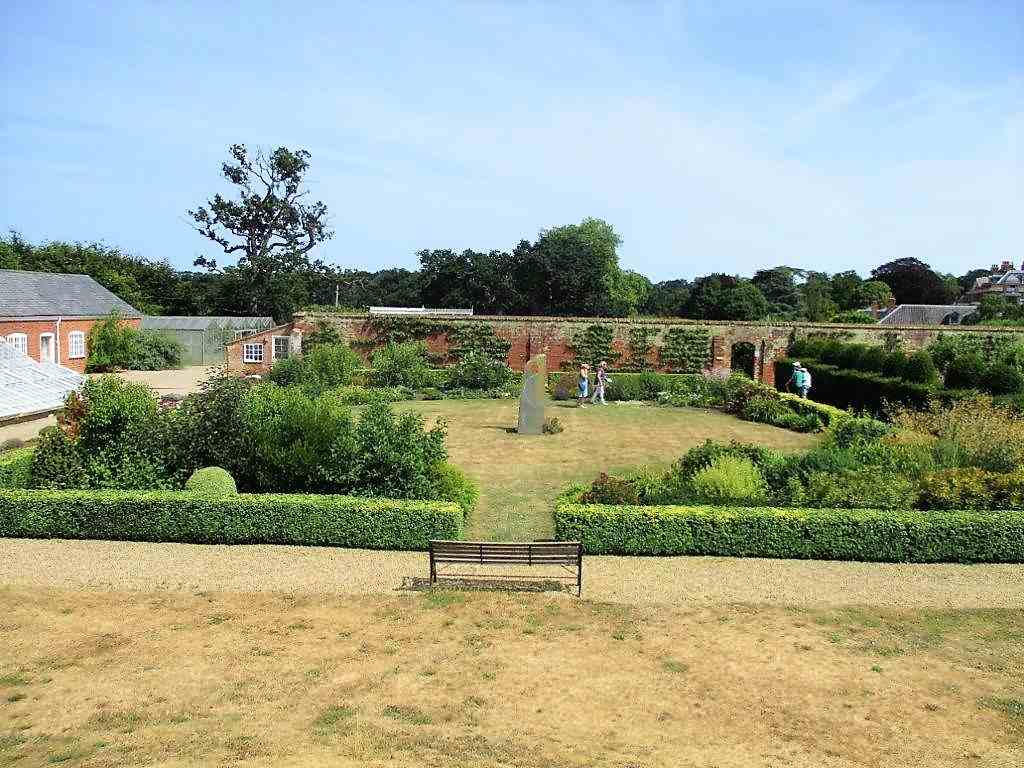
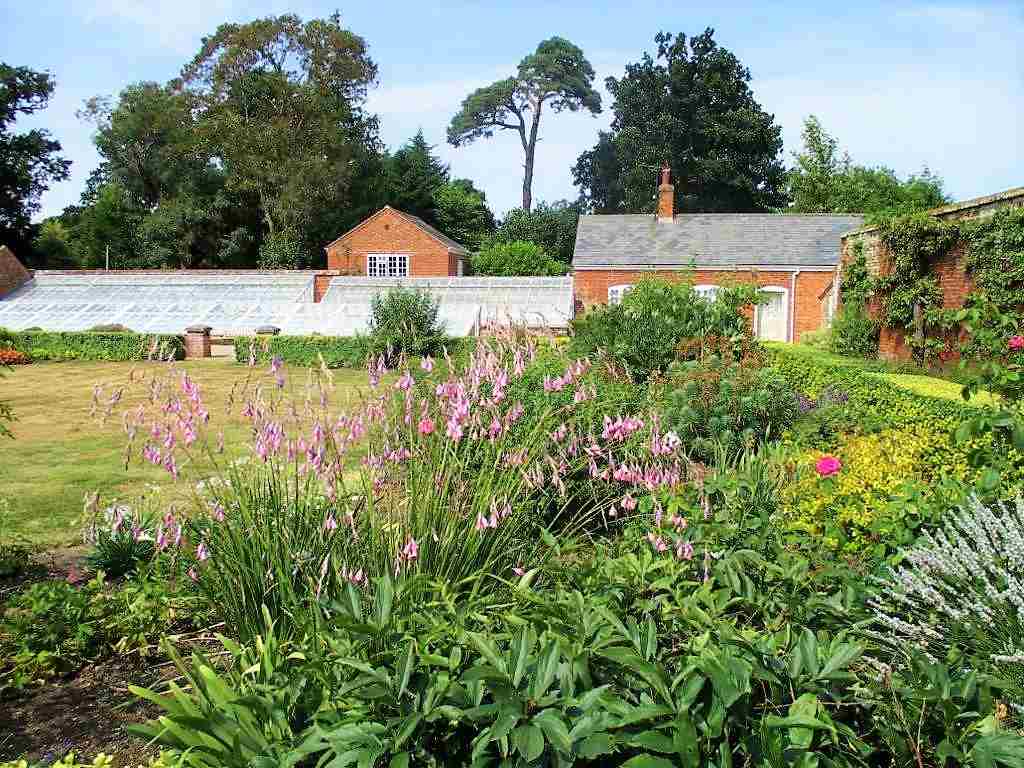
The Walled Garden, navigated down formal paths, had lovely old fruit trees and great examples of berries (including Mulberries), whilst the apricots in the glasshouse looked delicious. Mixed in with the edibles were Dahlias, Agapanthus and Acanthus mollis (once introduced, never removed!).
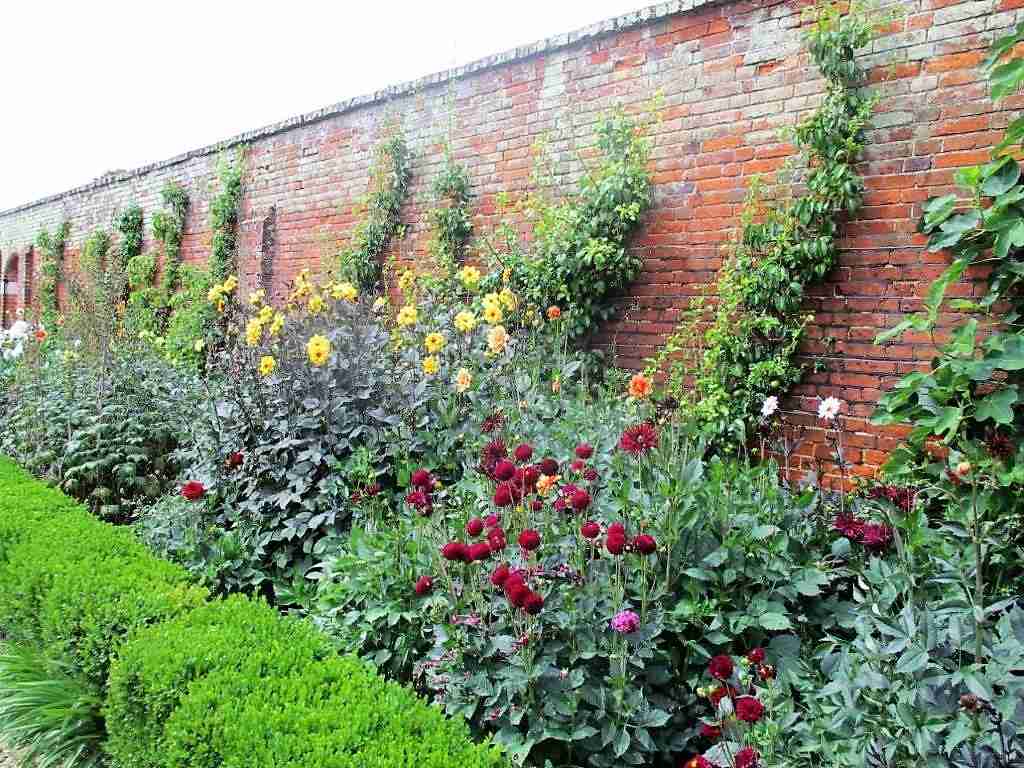

The Herb Garden
The herb garden looked dry (unsurprisingly) but resolute, which suited its Mediterranean style, plainly not suffering from excessive pampering! The Santolina and Rosemary hedges were a good touch, whilst the yew topiary was wonderfully informal and asymmetrical. Continuing around to the north and east of the building, we moved onto the wildlife meadow area with lovely views of the rolling farmland, large trees and numerous horses.
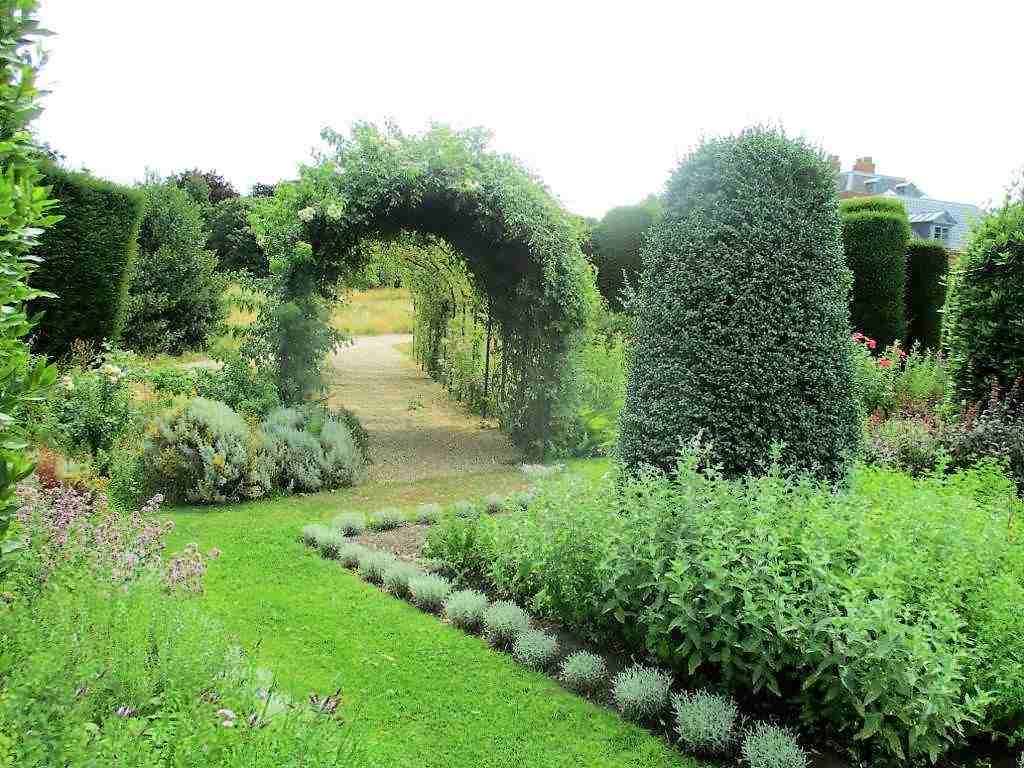
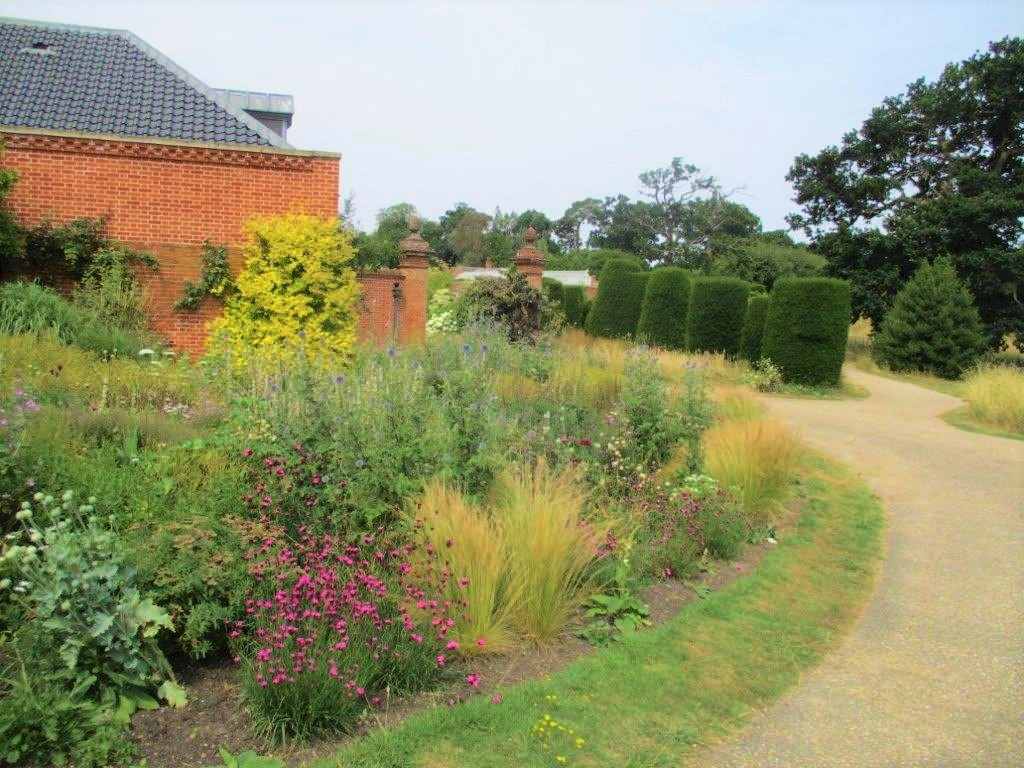
The South Garden
However, as relaxed and enjoyable as the garden had been to this point, it was only when we got to the southern garden that the gardens really gave of their best. The south facing borders running along the back of the house were quite beautiful, with lavenders, erigeron (Kate’s favourites) variegated irises (Josie’s favourites) and Agapanthus (my favourite) lining the brick border. Sitting on the patio on the top of the steps gave a lovely view of the large and colourful mixed borders to the southeast and southwest.
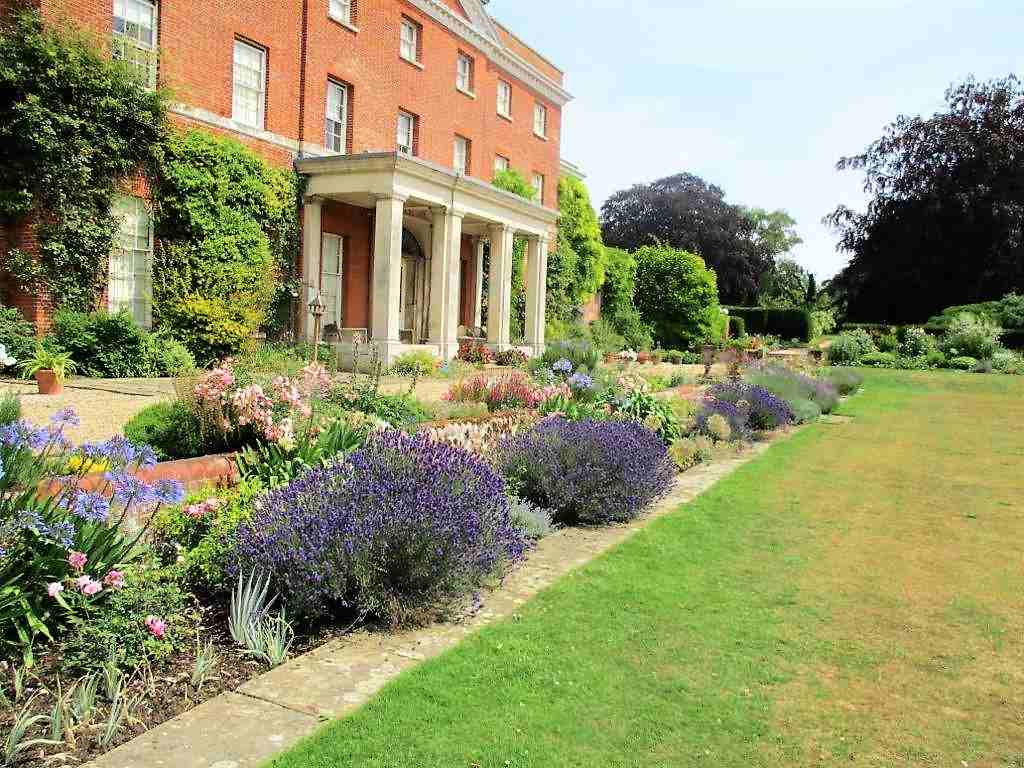
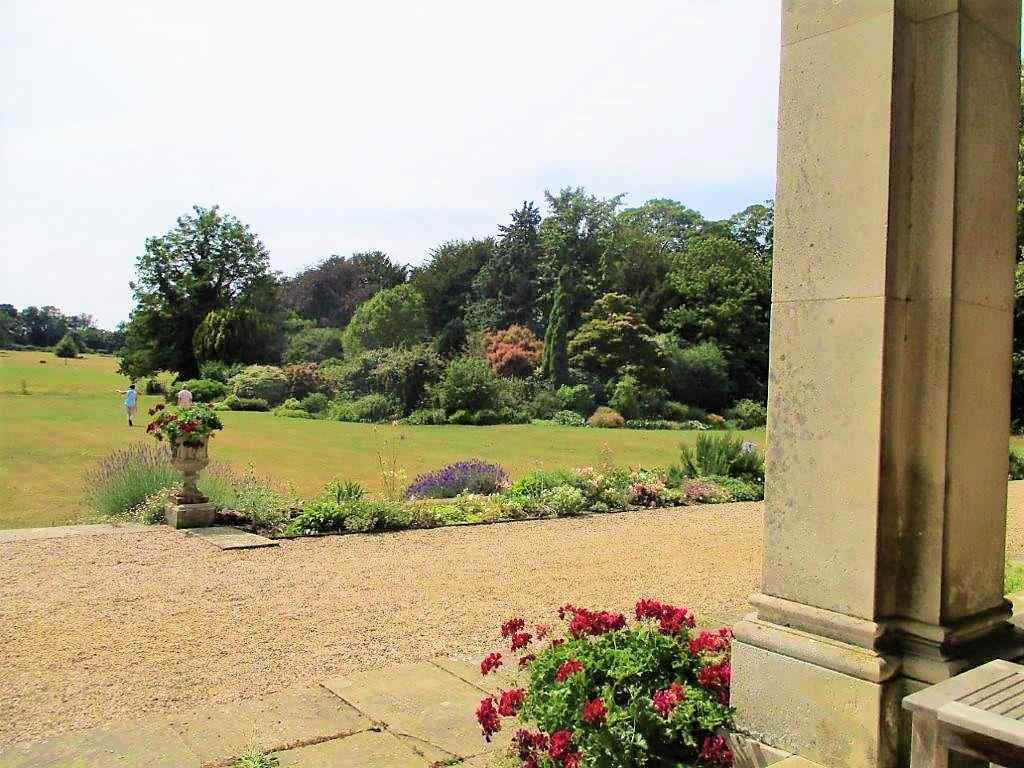
The Rose Garden and Agapanthus Meadows
The steps up to the Rose Garden led around to the Agapanthus Meadow. Up to that point, we had been treated to the occasional drift of Agapanthuses, however, as is right and proper, the garden kept the best to last, with spectacular Agapanthus meadows of large and small, deep purple, blue and white swathes of Agapanthuses surely enough for even the most ardent Agapanthus loving of gardeners.
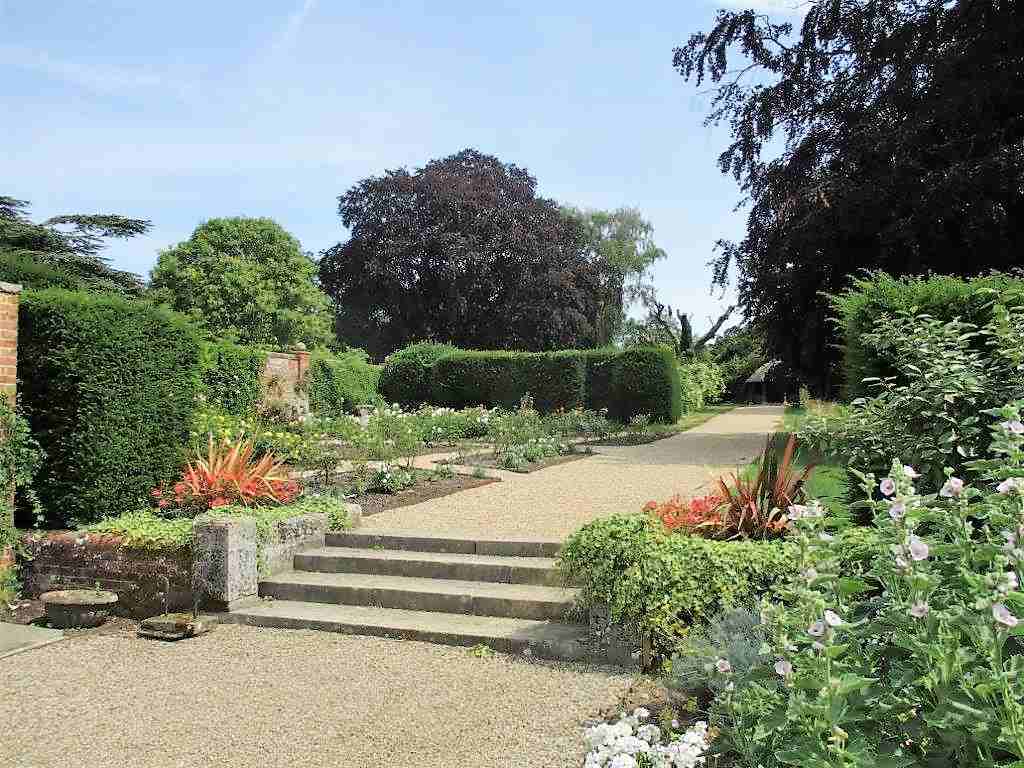
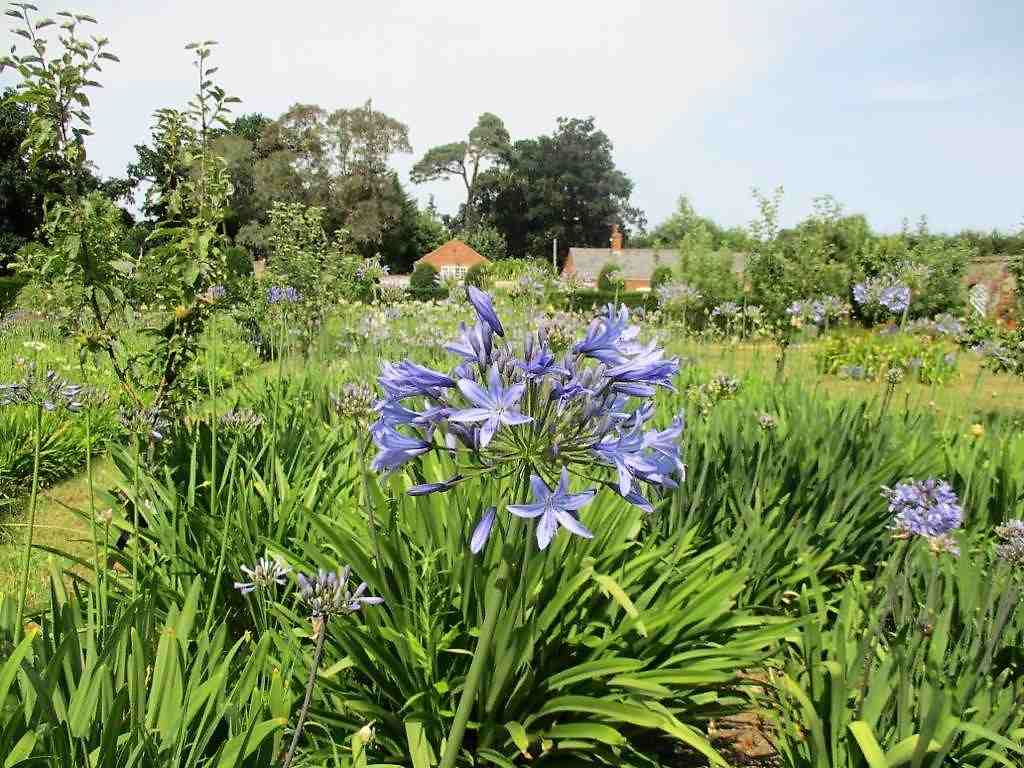
This was a most enjoyable garden, relaxed and friendly and very peaceful. With no traffic noise and very few visitors (surely deserving of many more, although we did go on a working Thursday) I would highly recommend Raveningham Hall and Gardens as a great day out.
As a footnote, I should point out that, due to the stubborn refusal of any of our party to refer to a map (there is such a thing as being too laidback apparently…), we managed to overlook the lake walk, stumpery and arboretum, all, I am subsequently told, places not to be missed. Nothing daunted, this omission provides a happy excuse, if one were needed, to return again in the near future.
I’ll leave you, fittingly, in the words of Sir Francis Bacon:
“Begin doing what you want to do now. We are not living in eternity. We have only this moment, sparkling like a star in our hand and melting like a snowflake.”
©Richard Walters 2018
Should your require assistance with your own grand design, or just a garden revamp or new mixed border, feel free to email or ring me (07801 252 972) for more information or an informal discussion about your requirements.
If you enjoyed my post, feel free to share below:
I hope you don’t mind me asking a question about a plant I saw in the gardens last week. It was at the end of the path as you enter via the kiosk. On the corner on the left hand side was a plant with beautiful weeping seed heads. I looked like dew drops on a washing line and was really interesting to see. I think it was a grass but cannot find anything like it on the net. It would be great if you could identify this beauty. Many thanks
Hi Rosemarie, it was a while since I was there, but I do remember a lovely Dierama (Angel’s Fishing Rod) that was in the flower bed on the left hand side. It sounds like that might be the plant you’re asking about. It’s even more lovely when it’s in flower!